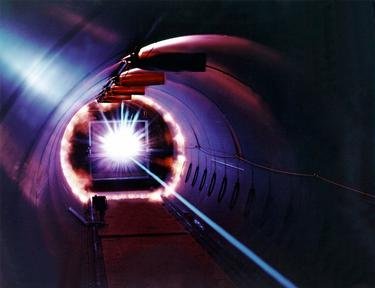Quiz Answer Key and Fun Facts
1. The mass of an electron is 1.6 * 10^-19 kg.
2. Atomic mass is expressed in ________________.
3. Pick the true statement out of the following.
4. Rutherford's model of an electron was more accurate than Bohr's.
5. Einstein won the Nobel Prize for his equation E=mc^2, where E is the energy gained, m is the loss in mass and c is the speed of light.
6. An electron, bound in an atom, has __________ quantum numbers.
7. What principle states " The orbitals of lower energy are filled first and then those of higher energy. "
8. Half and full filled orbitals are more stable than others.
9. Principal quantum number is denoted by ________.
10. Which orbital is spherical in shape?
Source: Author
shawn888
This quiz was reviewed by FunTrivia editor
crisw before going online.
Any errors found in FunTrivia content are routinely corrected through our feedback system.


